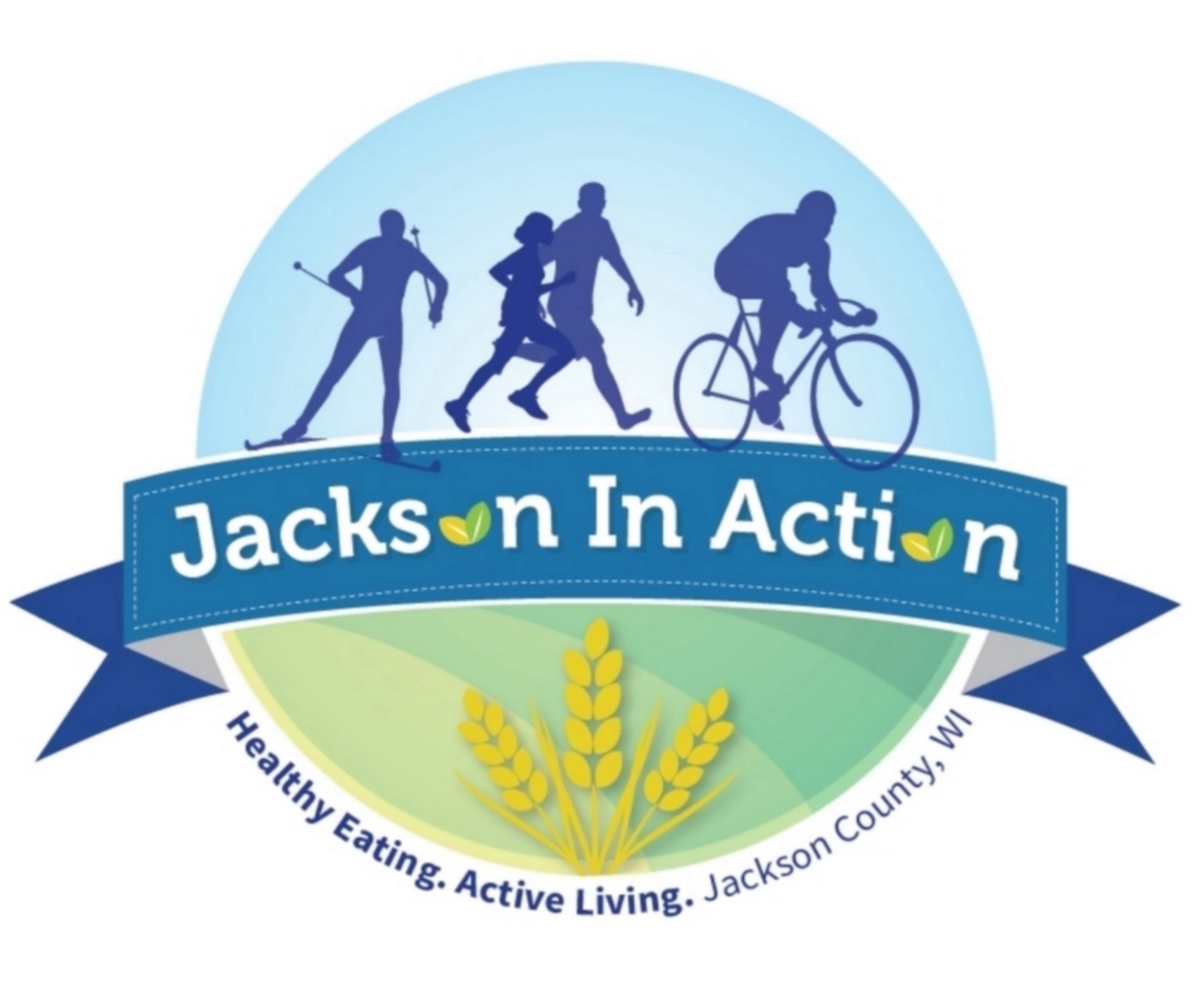By Kendal Schmitz, Viterbo University Senior Nutrition & Dietetics Student
Legumes are a broad category of seeds that grow in pods, while beans are the seed from different variety of plants. Beans are always legumes, but legumes aren’t always beans. For example, legumes can be broken into different subcategories including: Beans, lentils, peas and peanuts. Some examples of beans include chickpeas, kidney beans, black beans, pinto beans and navy beans. There are over 20 different species of legumes varying in shape, texture, color, and taste. A great benefit to beans and legumes are that they are nutritious, inexpensive, and versatile.
Harvest of the Month for Jackson County, Wis. is DRIED BEANS
Nutrition Facts:
· Low in fat
· High in protein containing 15-20 g per cup
· Rich in magnesium, folate, zinc, copper, iron and phosphorus
· Great source of dietary fiber
How to incorporate legumes and beans into your regular diet:
· Add beans or legumes to a homemade soup or stew
· Make a lentil curry with your favorite spices and herbs.
· Blend beans, garlic, lemon juice and olive oil into a spread. Serve with veggies/add to a veggie wrap.
· Substitute hamburgers for lentil or black bean patties.
· Prepare vegetarian tacos with beans, lettuce, onion, tomato and avocado.
Kendal Schmitz is a Senior Nutrition & Dietetics Student at Viterbo University in La Crosse, Wisconsin. She is from Minnesota and is studying the connection between diet and cancer.
Watch the Harvest of the Month Recipe Video - “WHITE BEAN, SPINACH & TOMATO JUMBLE” here




